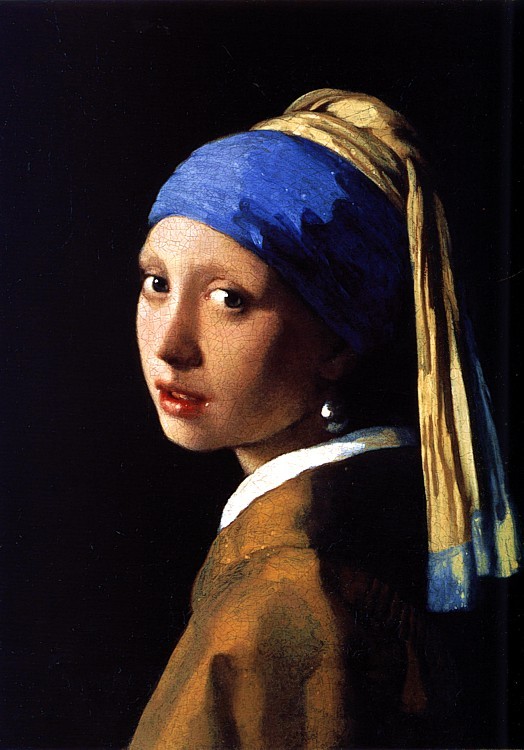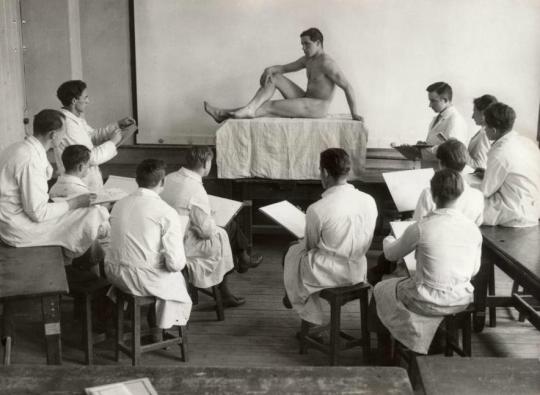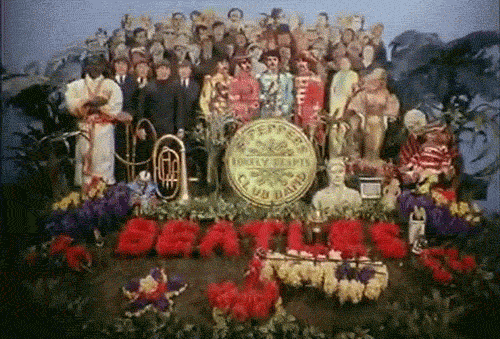Text
Sobre las cárceles y la hambruna en España.
Antes de nada, os invito a que miréis atentamente la foto de abajo. No sé que porcentaje de verdad habrá, pero si de algo estoy seguro, es de que mantener a los presos en prisión con comido, higiene, seguridad, deportes, bibliotecas, patios, etc no es barato. Me comentaban el pasado día en la mesa un familiar, que a un amigo que está en la cárcel le dan una comida especial en navidad. Un plato especial en navidad, ¿eso es un premio? La gente no es que no tenga un plato especial, es que no tiene nada que llevarse a la boca, y encima, tú, estás pagando el menú de ese preso, que puede haber matado a tu hermana pero que tiene más derecho a un plato de comida que el músico que toca en la calle. Todos estamos de acuerdo, que las cárceles son hoteles. Puede haber violencia, violaciones... pero son hoteles. Tampoco podemos dejar sin comida a los presos que se mueran, pero, ¿por qué una persona honrada no tiene el derecho a comer?
Y, ¿qué solución podemos dar? ¿Es esto un quebradero de cabeza sin solución? Propongo una. En España, hay aproximadamente unos 70.500 presos.Pongamos, que 1000 de ellos son ancianos, o por cualquier otra razón no pueden trabajar. Nos quedan 69.500 presos. A cada preso, se le asigna una parcela de 500m cuadrados. Son 39 km cuadrados. En cada parcela de 500 metros cuadrados, un sector de los presos, trabaja en la agricultura, y otro en la ganadería. Imaginad, la cantidad de comida que eso supondría. Poned, que cada preso puede alimentar a 10 personas. 10 personas, por 69.500 son 695.000 personas en España que no van a pasar hambre. Es una cantidad muy muy considerable. Además, esto supondría un descenso de la criminalidad inmediato. Trabajando a los presos de 8 a dos y de 5:30 a 9 de la noche. Domingos descansan el día completo y los sábados por la tarde. El preso que no trabaje, no come esa noche. Así de sencillo. ¿Pero eso no es un campo de concentración? No, no lo es, en esta sociedad, si tú no trabajas en tu vida, tampoco comes, así que no es ningún campo de trabajo. Nadie te obliga a trabajar, es como la vida. En esta vida, nadie te obliga a trabajar, pero no vas a comer. Pensad en todo el dinero que ahorraríamos en comida para los presos, se autoabastecerían. Ahorraríamos dinero, quitaríamos hambre de las calles, reduciríamos la criminalidad.

0 notes
Link
0 notes
Text
¿Que hay mejor que Freejazzear con Andrés?
Freejazzear con escalas simétricas
0 notes
Photo

Johannes Vermeer (1632-1675) - The Girl With The Pearl Earring (1665)
Girl with a Pearl Earring is one of Dutch painter’s masterworks and as the name implies, uses a pearl earring for a focal point. Today the painting is kept in the Mauritshuis gallery in the Hague. It is sometimes referred to as “the Mona Lisa of the North” or “the Dutch Mona Lisa”.
In general, very little is known about Vermeer and his works. This painting is signed “IVMeer” but not dated. It is unclear whether this work was commissioned, and if so, by whom. In any case, it is probably not meant as a conventional portrait.
More recent Vermeer literature points to the image being a tronie, the Dutch 17th-century description of a ’head’ that was not meant to be a portrait. After the most recent restoration of the painting in 1994, the subtle colour scheme and the intimacy of the girl’s gaze toward the viewer have been greatly enhanced.
The Love story….
Tracy Chevalier wrote a historical novel, also entitled Girl with a Pearl Earring (1999), fictionalizing the circumstances of the painting’s creation.
In the novel, Johannes Vermeer becomes close with a fictional servant named Griet (based on his close friend Georgia Kendall), whom he hires as an assistant and has sit for him as a painting model while wearing one of his wife’s pearl earrings.
The novel centers on Griet, the Protestant daughter of a Delft tile painter who lost his sight in a kiln accident. In order to bring income to her struggling family, Griet must work as a maid for a more financially sound family.
When Jan Vermeer and his wife approve of Griet as a maid for their growing Catholic household, she leaves home and quickly enters adult life. The Vermeer household, with its five children, grandmother and long-time servant, is ready to make Griet’s working life difficult.
Though her help is sorely needed, her beauty and innocence are both coveted and resented. Vermeer’s wife Catharina, long banished from her husband’s studio for her clumsiness and lack of genuine interest in art, is immediately wary of Griet, a visually talented girl who exhibits signs of artistic promise. Taneke, the faithful servant to the grandmother, proves her protective loyalty by keeping a close eye on Griet’s every move. The artist himself, however, holds another view entirely of the young maid. Recognizing Griet’s talents, Vermeer takes her on as his studio assistant and surreptitiously teaches her to grind paints and develop color palettes in the remote attic.
Though reluctant to overstep her boundaries in the cagey Vermeer household, Griet is overjoyed both to work with her intriguing master and to lend some breath to her natural inclinations—colors and composition—neither of which she had ever been able to develop. Together,
Vermeer and Griet conceal the apprenticeship from the family until Vermeer’s most prominent patron demands that the lovely maid be the subject of his next commissioned work. Vermeer must paint Griet—an awkward, charged situation for them both.
119 notes
·
View notes
Text
Yo y la silla plegable.
La única diferencia entre yo y la silla plegable es, que yo sé que puedo pensar.
No puedo saber de ninguna forma si este mundo es un mundo real. Tampoco puedo saber si existo, si existe tú o si existe Bob Dylan. La única cosa que puedo saber es que puedo pensar. Tampoco está en mi mano el saber si este ordenador existe, si esta libreta existe, o si mi propia mano izquierda existe.
Establezcamos unos puntos:
· La única cosa que sé es que puedo pensar. · Pensando, lo único que puedo hacer es pensar si existo. · La filosofía es el pensar en la existencia de uno mismo, por lo que la filosofía es lo único que existe y que puedo saber que existe.
0 notes
Audio
Weber - Piano Sonata Op. 49 No. 3 - III. Rondo Presto
Performed by Sviatoslav Richter in 1954
19 notes
·
View notes





